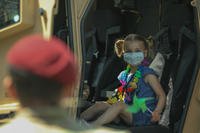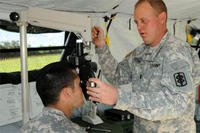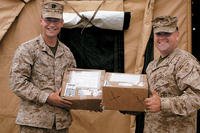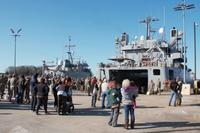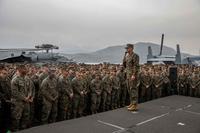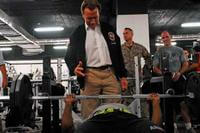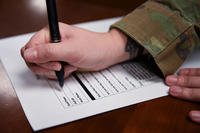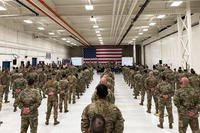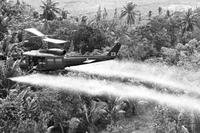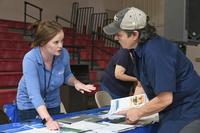SCHRIEVER AIR FORCE BASE, Colo. -- Deployment is a reality in today's Air Force that affects virtually every career field. Despite the fact that 50th Space Wing units generally perform their wartime mission from garrison, Airmen from Schriever Air Force Base fill deployments around the world and new taskings flow in all the time. This is significant because the deployed environment may present challenges that require preparation, training and performance different from anything the individual has faced previously.
Unit deployment managers, the installation deployment officer and the installation deployment readiness cell are the professionals who prepare and process members for deployment. These individuals, along with first sergeants and commanders, are the primary sources of guidance and this article is not intended to replace their expertise. However, having just returned from Kabul, Afghanistan. I'd like to share what deployment means to me and offer a few thoughts for deployers, leadership and co-workers of potential deployers.
The opportunity to deploy several times in my career has meant a lot to me partly because of my father's military service. In December 1966, he was assigned to 558th Tactical Fighter Squadron, 12th Tactical Fighter Wing based at Cam Ranh Bay, South Vietnam. During the next 10 months, Lieutenant John Giles flew more than 200 combat missions in the F-4 Phantom. Throughout my life, I have taken great pride in my father's service in a combat environment and this has motivated me to seek opportunities to deploy as well. To me, deployment is a practical application of service before self and one of the ways we share in the sacrifice service members are making in support of our nation. This sacrifice takes many forms: separation from family, stress, fatigue and even risk of injury or death. Along with this sacrifice, however, comes the satisfaction of answering the nation's call and pride of contributing in this way to our national defense.
With deployments also comes experience and the opportunity to develop a greater depth of knowledge about how we operate as a service.
If you find yourself tasked to deploy, here are a few things to keep in mind. First, stay flexible. The tasking, training and deployment process is very dynamic and the less flexible you are the more frustrated you will be. Expect changes to your training requirements, deployed duties, location, report dates, etc. Embrace the unknowns in the process and keep a positive attitude.
Second, make it a habit to take initiative. There may not be someone there to hold your hand every step of the way, so get proactive. Initiate contact with key players including your UDM, first sergeant and commander. Seek out someone who has deployed and take advantage of their experience. Find out what training you are required to complete and what equipment you are required to bring. Lay out a schedule and make sure you can meet all the pre-deployment requirements. Complete the requirements as early as possible to avoid being rushed and stressed or missing your departure date. Advise your UDM, first sergeant or commander of any problems or issues.
Third, get in contact with the person you are replacing. This person should be able to answer your questions about living conditions, duties, etc. They should be motivated to answer your questions since you are the key to their being released to re-deploy.
If you are a commander, first sergeant or co-worker of someone deployed or tasked to deploy, here are a few things for you to keep in mind. First, there will be stress involved with the deployment process. This stress will affect the member, their family and their unit. Understanding, concern and willingness to help will go a long way to help all involved to manage this stress.
Second, preparation for deployment is a full-time job. Identify a transition date after which the member's primary duty is for deployment prep. During this time, remain engaged with the member and UDM to ensure the process is progressing smoothly and to assist with any issues. Don't forget to include adequate margin for the member to take leave to spend time with family and friends prior to departure.
Third, remain engaged with the member throughout the deployment. Depending on the specific situation, the deployed environment can be very isolating. Make regular contact with the deployed member and be sure they know there are people at home station concerned about their welfare and ready to assist with any problems.
Whether or not deployments hold the same meaning for you as they do for me, every active-duty service member will likely be impacted in some way by a deployment tasking during their time here. When that happens, be sure you are prepared. If you are tasked to deploy, be flexible, take initiative and be sure to contact the person you are replacing. If someone you know is tasked to deploy, be aware of the stress this will place on them and their family, assist with setting a timeline that allows them to focus on deployment prep and remain engaged with them through the deployment. In my experience, these steps will smooth the process and increase the chances for a successful deployment.

